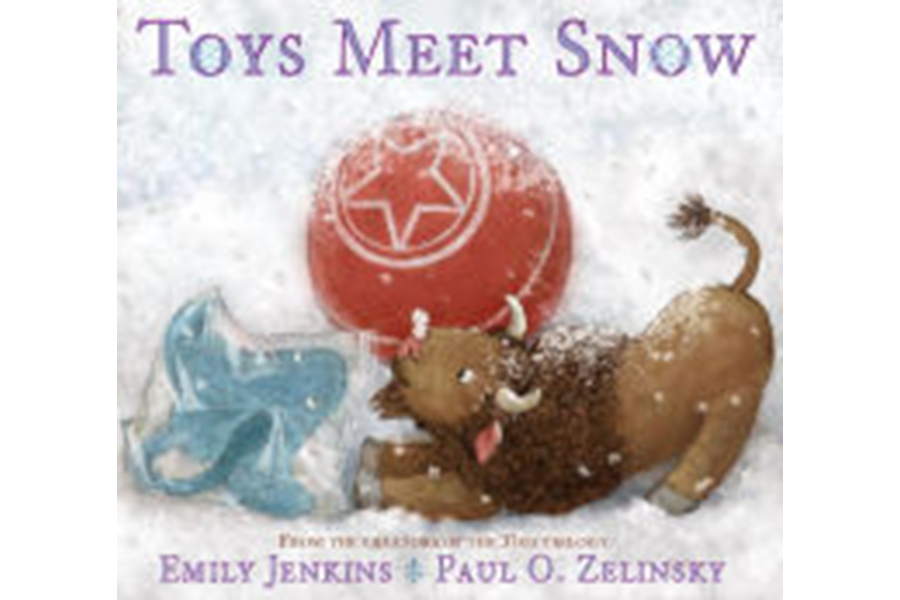Children's picture books that celebrate the glories of winter
Loading...
How do you feel about snow? Do you embrace it as one of nature’s most glorious gifts – or do you prefer to view it from a distance, preferably while wrapped in eiderdown? It doesn’t matter; either way you and your favorite young reader can still enjoy this lovely new cluster of seasonal picture books, all focused in different ways on the magnificent cold and white of winter.
The very youngest of readers (ages 3 to 7) may relate to the characters in Toys Meet Snow. Acclaimed author Emily Jenkins and Caldecott Medal-winning illustrator Paul Zelinsky are back with their wonderful toy characters – a buffalo, a stingray, and a plastic ball – none of which have ever played in the snow. Zelinsky’s gentle drawings and Jenkins’s simple text trace the glory of encountering snow for the first time and then, later, the marvelous pleasures of returning to a warm house.
In Max and Marla, a boy and an owl who happen to be very best friends take a more athletic approach to the snow. They want to be Olympians and are determined to practice on their sled until they learn all there is to know. Author/illustrator Alexandra Boiger uses minimal text and soft watercolors to teach the benefits of persistence even as she highlights the thrill of winter sports.
The snow plays a very different role in The Turnip, author/illustrator Jan Brett’s imaginative take on the traditional Russian folktale. Her characters – all animals garbed in fabulous Russian peasant dress – are eagerly working to pull a giant turnip out of the ground. But the snow, which arrives unexpectedly, freezes the ground and seems to make their task impossible – until help arrives from an unexpected source. The gorgeous detail of this book will make multiple readings both required and desired.
Simpler and more action-packed is Waddle! Waddle!, author/illustrator James Proimos’s tale of three goofy penguins that do plenty of slipping and sliding (or is it dancing?) on the ice and snow. It’s all a bit silly, and the birds’ antics will provoke laughter and illustrate the sheer joy of zipping around a frozen world.
Readers ready to start learning about why the seasons turn will enjoy Little Tree, by Loren Long, bestselling author/illustrator and creator of the “Otis” series (starring a lovable tractor). In this simple tale perfectly illustrated by Long’s acrylic, ink, and pencil drawings, the protagonist is a tree that’s not sure it wants to lose its leaves. The tree gently learns – as will readers – to embrace winter and its place in the cycle of things.
For slightly older readers (ages 6 to 10) eager to study winter more deeply, Frozen Wild, by award-winning author, illustrator, and naturalist Jim Arnosky, will be the perfect follow-up. Where do polar bears sleep? How do moose walk on the snow? How does a fox’s fur keep it warm? Arnosky’s nonfiction look at winter animals is both fascinating and lovely.
And then, portraying winter atmospherics with poignancy and charm, The Only Child, a wordless graphic novel by Chinese illustrator Guojing, tells the story – in gorgeous shades of charcoal – of a lonely child who becomes lost in a magical winter forest. The tender beauty on display here will speak to readers of every age and clime.







